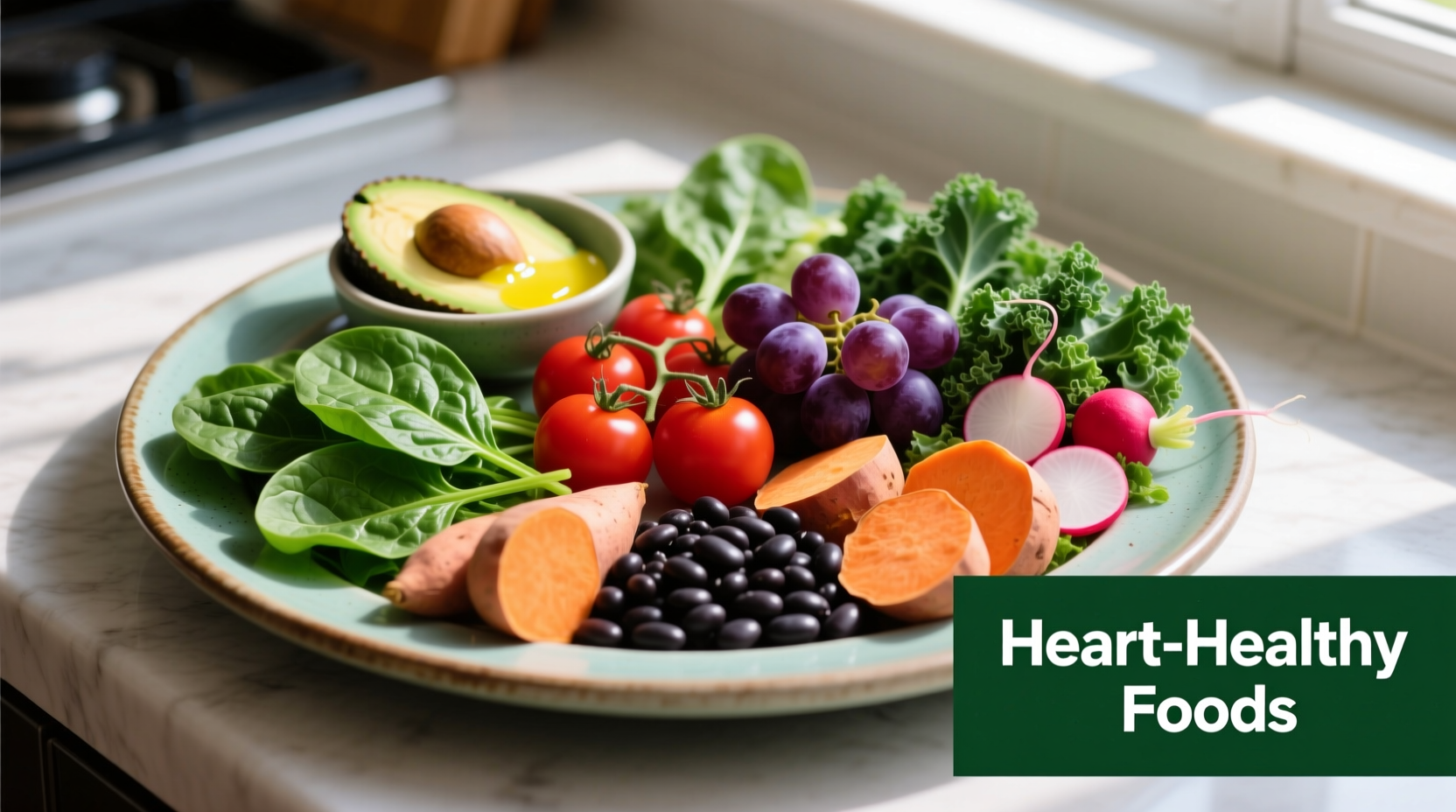When you're searching for what food is good for bp, you need actionable, science-backed answers—not generic advice. This guide delivers exactly that, with specific foods proven to lower blood pressure through clinical research. You'll discover precisely which foods work, why they're effective, and how to incorporate them into your daily meals for measurable results.
Why Food Choices Directly Impact Your Blood Pressure
Your plate is powerful medicine for blood pressure management. Unlike medications that target single pathways, whole foods deliver synergistic nutrients that address multiple mechanisms behind hypertension. The DASH diet (Dietary Approaches to Stop Hypertension), developed through National Institutes of Health research, demonstrates that strategic food choices can lower systolic blood pressure as effectively as some medications—without side effects.
Key nutrients work through three primary mechanisms:
- Potassium counteracts sodium's effects and relaxes vessel walls
- Nitrates convert to nitric oxide, improving blood flow
- Omega-3s reduce inflammation and arterial stiffness
| Top Blood Pressure Foods | Key Nutrients | BP Impact (per NIH studies) | Daily Serving Recommendation |
|---|---|---|---|
| Spinach & Kale | Nitrates, Potassium, Magnesium | 5-6 mm Hg reduction | 1½ cups raw or ½ cup cooked |
| Beets | Nitrates, Betalains | 4-10 mm Hg reduction | 1 small beet or 8 oz juice |
| Salmon | Omega-3s (EPA/DHA) | 3-5 mm Hg reduction | 3-4 oz, 2x weekly |
| Chia Seeds | Omega-3s, Fiber, Magnesium | 2-4 mm Hg reduction | 1 oz (2 tbsp) |
Your Step-by-Step Guide to Blood Pressure Friendly Eating
Phase 1: Build Your Foundation (Days 1-7)
Start with these simple swaps that deliver immediate benefits:
- Replace morning coffee with hibiscus tea (shown in NIH research to lower systolic BP by 7.2 mm Hg)
- Add 1 cup leafy greens to lunch and dinner (spinach, arugula, or Swiss chard)
- Snack on potassium-rich foods like bananas or baked sweet potato wedges

Phase 2: Optimize Your Nutrient Balance (Weeks 2-4)
Now refine your approach with strategic combinations:
- The potassium-sodium ratio: For every 1,000mg of sodium, aim for 2,000-4,000mg potassium. One medium banana (422mg potassium) with 1 oz almonds (200mg) provides better balance than a banana alone.
- Nitrate timing: Consume nitrate-rich foods like beets 3 hours before exercise for maximum vasodilation effect, per American Heart Association findings.
- Fat pairing: Combine omega-3 foods with healthy fats (like avocado with salmon) to boost absorption of fat-soluble compounds.
Phase 3: Sustain Your Results (Ongoing)
Maintain progress with these evidence-based habits:
- Follow the 80/20 rule: 80% DASH-diet compliant meals, 20% flexibility for sustainability
- Track your food-BP connection using a simple journal (note meals and home BP readings)
- Rotate berry varieties weekly for diverse anthocyanin benefits
When Diet Alone Isn't Enough: Critical Boundaries
While food choices significantly impact blood pressure, certain situations require medical intervention alongside dietary changes:
- Stage 2 hypertension (≥140/90 mm Hg) typically needs medication initially, with diet as complementary support
- Existing cardiovascular conditions require physician supervision when making dietary changes
- Rapid BP changes (more than 20 mm Hg systolic in 2 weeks) warrant medical evaluation
The CDC emphasizes that for many adults with hypertension, combining the DASH diet with medication yields better outcomes than either approach alone. Always consult your healthcare provider before making significant dietary changes if you have diagnosed hypertension.
Your First 24 Hours of Blood Pressure Friendly Eating
Implement these specific, actionable steps immediately:
- Breakfast: Oatmeal with chia seeds, blueberries, and a banana (500mg potassium, 150mg magnesium)
- Lunch: Spinach salad with grilled salmon, avocado, and pumpkin seeds (1,200mg potassium, 200mg magnesium)
- Dinner: Roasted beets with garlic, baked chicken, and steamed kale (900mg potassium, 100mg magnesium)
- Snack: Hibiscus tea with a small handful of pistachios
This single day provides approximately 2,600mg potassium and 450mg magnesium—key targets identified in American Heart Association guidelines for blood pressure management.
Foods That Counteract Your Progress
Avoid these common culprits that undermine blood pressure efforts:
- Processed deli meats (contain sodium nitrites that constrict vessels)
- Commercial salad dressings (often high in sodium and inflammatory oils)
- Energy drinks (cause acute BP spikes through caffeine and taurine)
- Low-fat dairy products with added sugars (triggers insulin resistance)
Research from the Centers for Disease Control shows reducing processed foods alone can lower systolic BP by 3-5 mm Hg within two weeks.











 浙公网安备
33010002000092号
浙公网安备
33010002000092号 浙B2-20120091-4
浙B2-20120091-4